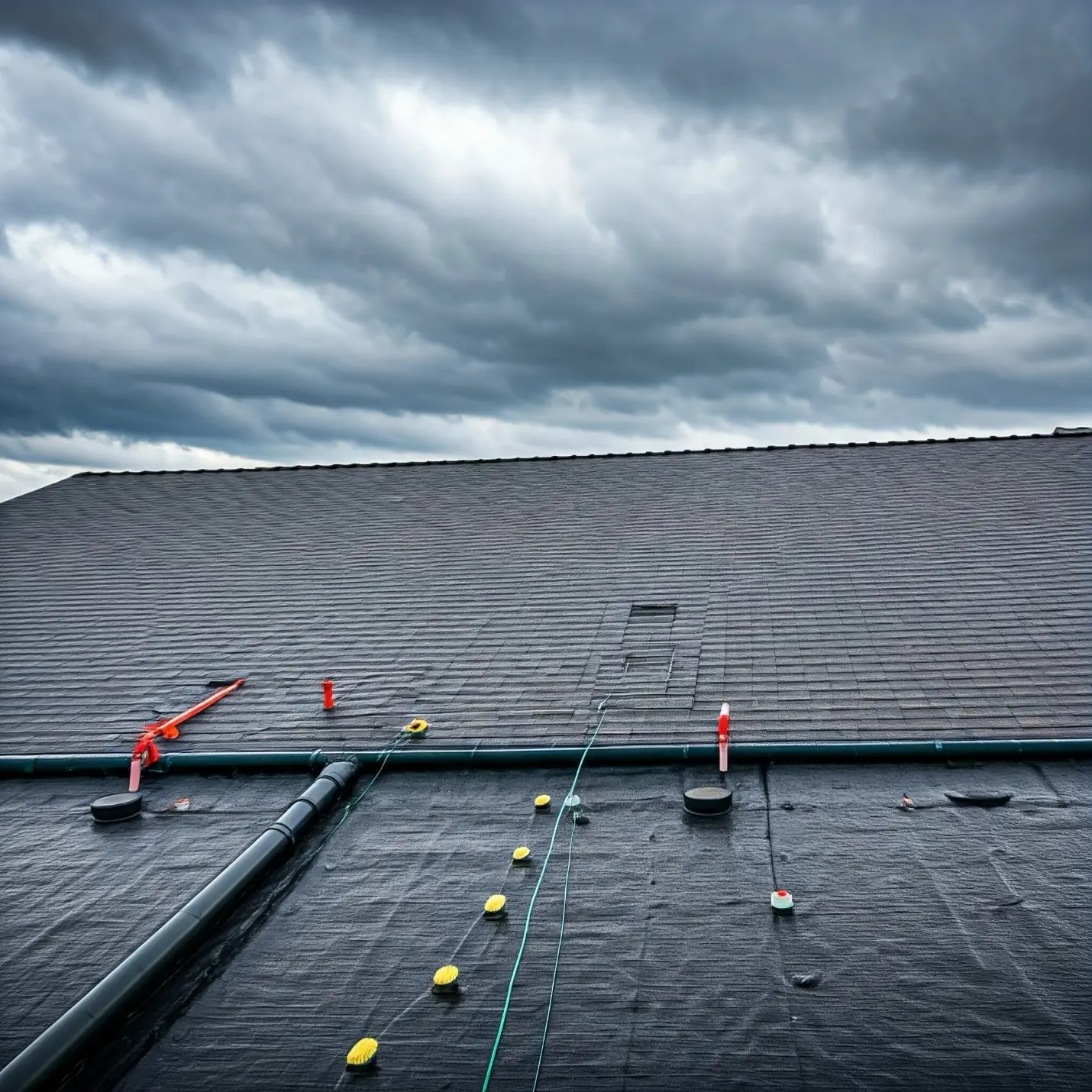Choosing the Right Roof Ventilation System for Austin Homes
Residential Roof Ventilation Systems in Austin, Texas: The Importance of Proper Airflow for Your Home
The hot and humid climate of Austin, Texas can be tough on your roof. That’s why it’s essential to have a proper residential roof ventilation system in place to help protect your home. A well-designed ventilation system can help extend the life of your roof, prevent moisture damage, and even lower your energy bills. In this blog, we’ll discuss the importance of roof ventilation and the different types of systems available in Austin, Texas.
What is Residential Roof Ventilation and Why is it Important?
Roof ventilation refers to the process of allowing air to flow in and out of your attic. This helps regulate the temperature and humidity levels in your home, which can have a significant impact on the health of your roof. A poorly ventilated roof can lead to a variety of problems, including:
Moisture Buildup
Moisture can build up in your attic due to a lack of ventilation, leading to mold, mildew, and wood rot.
Heat Buildup
When your attic is not properly ventilated, heat can become trapped, leading to a higher temperature in your home and increased energy bills.
Shorter Roof Lifespan
The excess heat and moisture in your attic can cause the roof decking, shingles, and other roofing materials to break down faster, reducing the lifespan of your roof.
By properly ventilating your roof, you can help prevent these problems and protect your home.
Types of Residential Roof Ventilation Systems in Austin, Texas
There are two main types of roof ventilation systems: ridge vents and soffit vents.
Ridge Vents
Ridge vents are installed at the peak of your roof and allow air to flow out of your attic. This type of ventilation system is effective for removing hot air and moisture from your attic.
Soffit Vents
Soffit vents are installed in the eaves of your roof and allow air to flow into your attic. This type of ventilation system helps regulate the temperature and humidity levels in your attic.
Both ridge and soffit vents are essential for proper roof ventilation. They work together to create a balanced airflow, ensuring that hot air and moisture are removed from your attic and fresh air is brought in.
The Benefits of Installing a Residential Roof Ventilation System in Austin, Texas
There are many benefits to installing a residential roof ventilation system in Austin, Texas. Some of the key benefits include:
Increased Roof Lifespan
A properly ventilated roof can help extend the lifespan of your roof by reducing the effects of heat and moisture.
Lower Energy Bills
By regulating the temperature and humidity levels in your attic, a roof ventilation system can help lower your energy bills.
In conclusion, proper roof ventilation is essential for homeowners in Austin, Texas to protect their homes from the hot and humid climate. A well-designed ventilation system can help extend the lifespan of your roof, lower energy bills, improve indoor air quality, and prevent moisture damage. With the two main types of roof ventilation systems available, ridge vents and soffit vents, homeowners can choose the right system to meet their specific needs. It is important to work with a professional roofing contractor to ensure that your roof ventilation system is properly installed and maintained.






